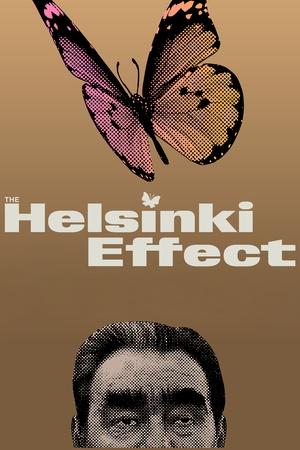
The Helsinki Effect (2025)
1h 28m | PG-13
The Conference on Security and Cooperation in Europe (CSCE) was the starting point for the slow but sure collapse of communist authoritarian rule in Eastern Europe. The Helsinki Effect offers new perspectives on the events of the Cold War. The film tells the story of the CSCE process, which had a major impact on the end of the Cold War, and sheds light on secret top-level discussions behind closed doors, through voice simulations using artificial intelligence.
Director: Arthur Franck
Studio: Polygraf
Genre: Documentary, History
Video: 720p
Cast

Arthur Franck
as Narrator (voice)
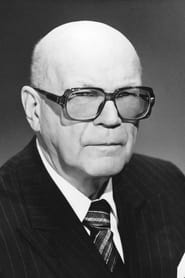
Urho Kekkonen
as Self (archive footage)
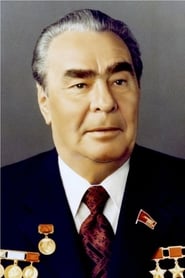
Leonid Brezhnev
as Self (archive footage)
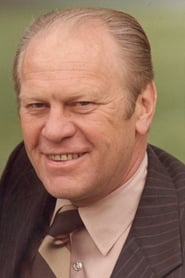
Gerald Ford
as Self (archive footage)
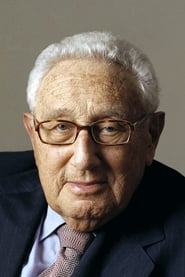
Henry Kissinger
as Self (archival footage)
Reviews
A widely held theory known as “the butterfly effect” maintains that seemingly small actions, like a butterfly flapping its wings on one side of the planet, can actually have tremendous impact at a distance, such as the ability to affect weather patterns on the other side of the globe. And, as this informative and entertaining documentary from writer-director Arthur Franck shows, it’s possible to see how this principle might apply in areas other than the fallout that stems from insect behavior. In 1975, 35 world leaders from Europe and North America gathered in Finland to sign a detailed but nonbinding document known as the Helsinki Agreement. Billed as an initiative aimed at promoting détente by addressing security and cooperation concerns in Europe for parties on each side of the Cold War, the conference at which the agreement was to be signed was eagerly supported by Soviet head of state Leonid Brezhnev, largely to formally establish firm borders separating the boundaries between NATO and Warsaw Pact nations. The West, meanwhile, was less enthusiastic, with officials like Secretary of State Henry Kissinger believing that this undertaking wouldn’t fundamentally change circumstances unless concessions could be secured from behind the Iron Curtain. And, as the protracted negotiations for the agreement dragged on, the Soviets grew impatient, ultimately agreeing to the demands of the US and its allies. With the deal set, the event proceeded, though not with much public interest, despite widespread media coverage and potentially significant ramifications waiting in the wings, developments that eventually unfolded and left the Soviets gobsmacked at what ultimately transpired. In telling the complicated story behind this event, the filmmaker does a superb job of making potentially indiscernible material understandable, even fun to watch. By breaking down the history of this venture into 12 easily digestible segments, aided by revealing archive footage, excerpts from previously classified documents and easily understood graphic aids, this painstakingly crafted documentary meticulously shows how the conference’s many contributing elements came together to make this effort a reality, one that unexpectedly unleashed “the Helsinki effect” in the process. It’s indeed refreshing to watch an engaging and important history lesson such as this without being bogged down in tedious, uninteresting detail that might otherwise serve as a surefire cure for insomnia. Quite the opposite here, to be sure, thanks in large part to this offering’s inventive approach and effective use of ample tongue-in-cheek humor. Watch this one, and you may never look upon history class in quite the same way ever again.
